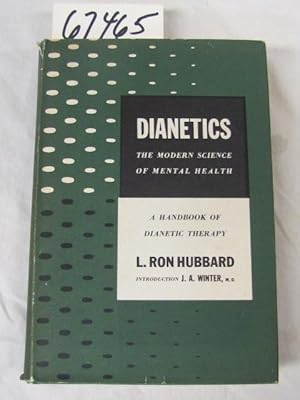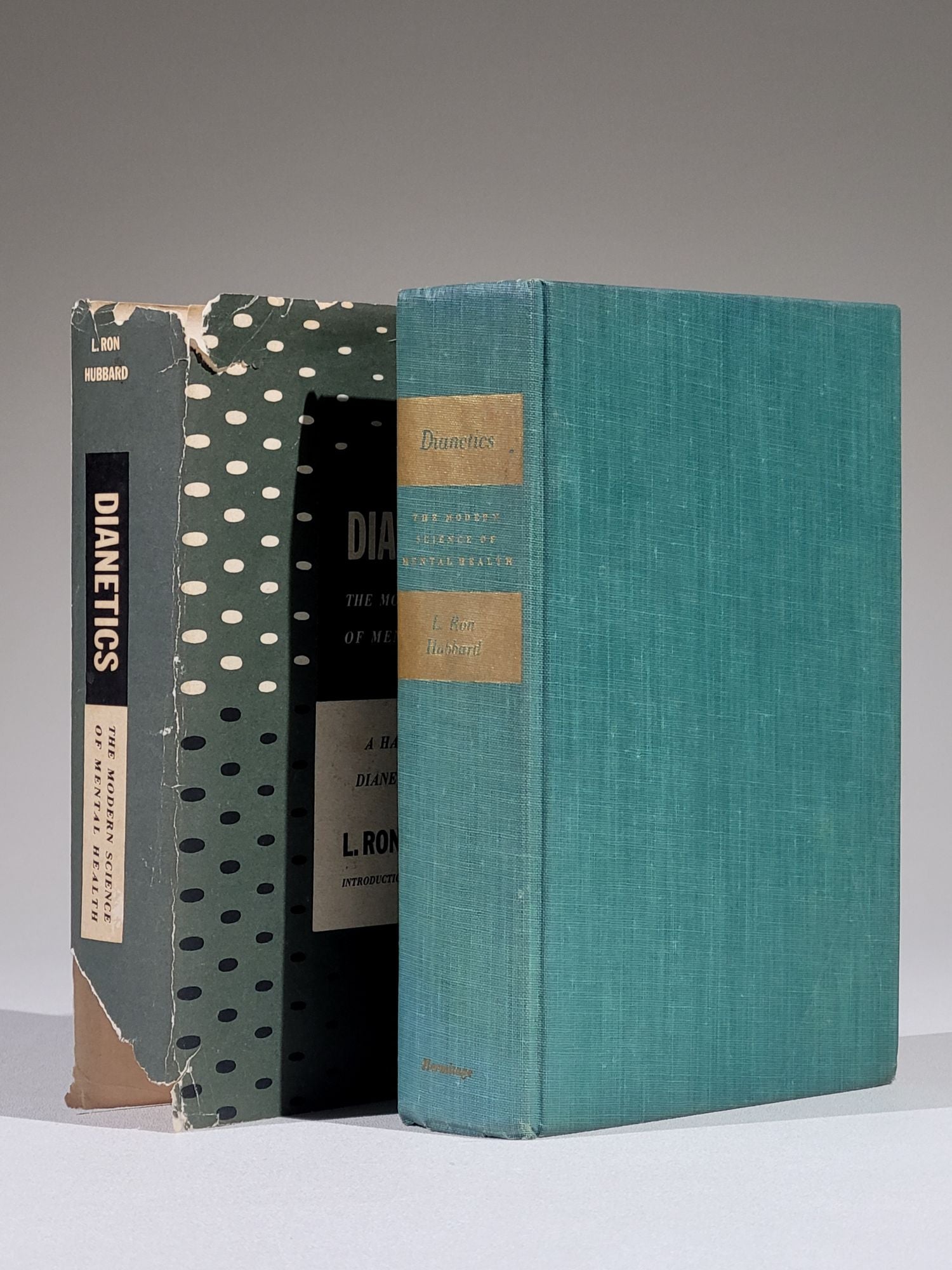Unknown Facts About Dianetics
Unknown Facts About Dianetics
Blog Article
Dianetics Things To Know Before You Buy
Table of ContentsThe Definitive Guide for DianeticsDianetics Can Be Fun For AnyoneDianetics Things To Know Before You BuyMore About Dianetics
As a kid, according to his aunts, Ron Hubbard was already possessed of a fecund creativity, comprising games and stories for the amusement of the inevitably alert adults in his globe. From the beginning, he possessed a capacity for fantasy which he was to carry with him throughout his life.Although he developed the substantial and complicated globe of Scientology, in which his followers might shed themselves for years, he did not intend to be related to his marks. By the early thirties, Hubbard obtained a partner and two little kids (Dianetics). To the horror of his traditional parents, he flunked out of college and had no appropriate abilities with which to sustain his young family members

Things about Dianetics
He was a phenomenally quick author, and would certainly work all night to create tale after story, retiring at dawn to sleep until early afternoon. Nonetheless, no issue how prolific his output, he could never appear to make enough money to support his profligate spending routines. By the mid-forties, his literary outcome was beginning to decrease.
However he soon understood the limitations of his vocation, that he was not mosting likely to accomplish power and cash by creating penny-a-word pulp adventures. The means to earn money, he began to remark to his friends, is to start a religious beliefs. He as soon as dealt with a team of sci-fi writers in New Jersey with words, "Writing for a cent a word is ludicrous.
Reports claimed he was dealing with something new, a book on psychology. In January of 1950, a strange ad appeared in Astounding Sci-fi, a pulp magazine edited by his friend, John Campbell, promising: ... a post on the science of the mind, of human thought. It is a completely brand-new scientific research, called Dianetics, and it does precisely what a science of thought should do.

An Unbiased View of Dianetics
It is an exploration into terra incognito, the human mind, that huge and hitherto unknown realm half an inch back of our temples. You are starting a journey. Treat it as an adventure. And may you never ever coincide again. ( 3 ) Early in guide, Hubbard introduced what he called the "clear." Dianetically, the optimal individual is called the "clear." One will hear much of that word, both as a noun and a verb, in this volume, so it is well to hang around right here initially setting forth precisely what can be called a clear, the goal of Dianetic therapy.
These tests validate the clear to be totally without such sickness or aberrations. ( 4 ) The state of Clear, Hubbard assured, was a state of mind never look these up before achieved by male. Upon achieving Clear, a person would advance from the state of Homo Sapiens to the brand-new and innovative state of "Homo Novis." Dianetic therapy, called "auditing" (to listen), became an amalgam of Freudian evaluation, in which a reclining individual is urged to recall previous distressing experiences; abreactive therapy, in which previous events are reexperienced by the individual with their accompanying feeling; General Semantics of Korzybski, in which a person discovers to distinguish in between subconscious experiences; and the psychoanalytic theory of Nandor Fodor, in which the influence of prenatal experiences is discovered.
According to Hubbard, all the events of our lives are kept psychological as "psychological photo pictures," or memories. But they are stored, or "filed," in "chains" by similar material. So an individual might have a "headache chain," or a "pain in the best ankle chain," etc. By routing the person, called the "preclear" in Dianetics (one that is not yet "Clear"), to remember and reexperience the stressful memories on each chain, the possibility of the "somatic" of that chain useful site to "key-in" or come to be restimulated in the existing can be erased.
The complete documents of all the memories of a specific returning in time is called the "time track (Dianetics)." Hubbard asserted that when an individual was investigated to the point that all his subconscious, "responsive" memories were refiled in the "analytical" memory banks, after that he would attain the state of Clear and would never once more experience the impacts of his reactive mind
What Does Dianetics Do?

By the end of the year, over 150,000 copies of the Dianetics publication had actually been Click This Link offered. In a glowing write-up in the New york city Times, a reviewer mentioned dramatically that "background has come to be a race in between Dianetics and catastrophe," ( 5 ) resembling an idea often stated by Hubbard. By August, there were more than 100 students enlisted for the one month Dianetic bookkeeping program showed at the Foundation by Hubbard.
Report this page